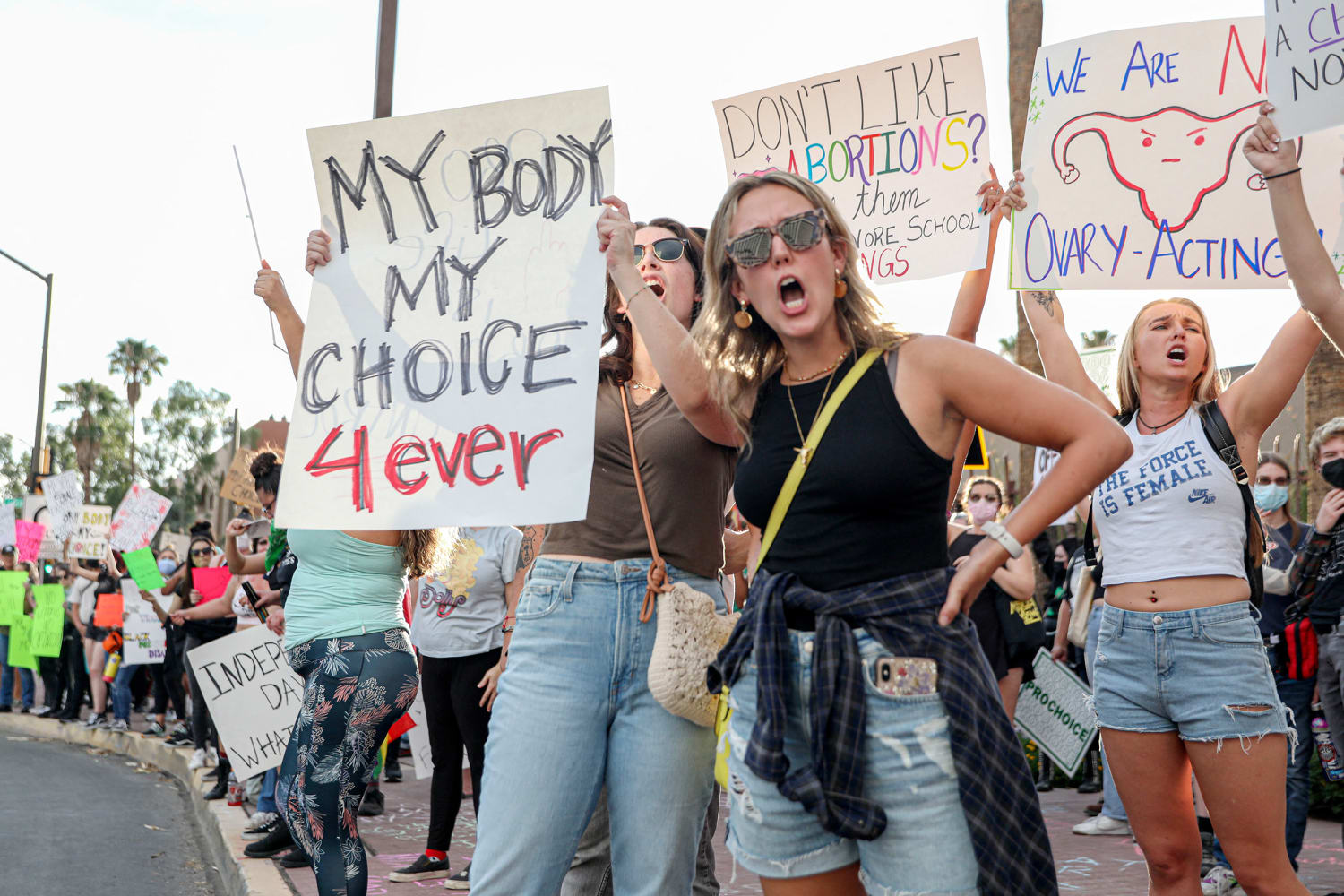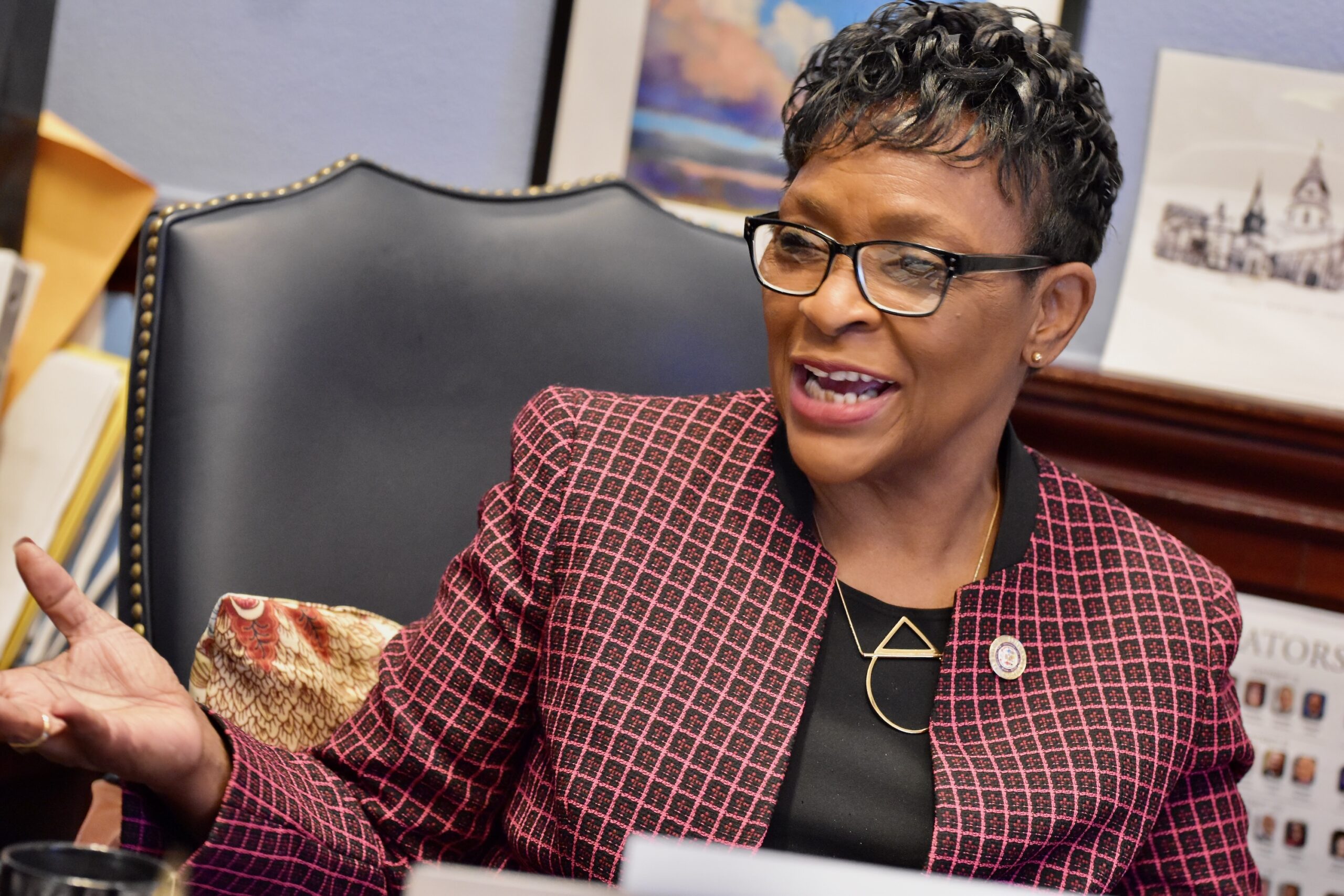The news that the Arizona Supreme Court has upheld an 1864 law outlawing abortion from the moment of conception (except to save a mother’s life), while also making abortion a felony (punishable by two to five years in prison for anyone who procures or assists with one) sent a shock wave last week through the nation. How could a 160-year-old law make any sense in the twenty-first century? Many have pointed out how vastly conditions have changed since 1864: women have achieved the right to vote; Arizona has become a U.S. state; medical advances have taught us more about women’s reproductive health; technology has enabled the widespread use of birth control. But what has not changed?
In my first book, Thinking about Women, (published forty years ago), I wrote that in the mid-19th century abortion was becoming an increasingly common phenomenon, especially among White, married, Protestant women. Abortion was big business and becoming increasingly commercialized. One noted woman entrepreneur, Madame Restell, earned an enormous income from her abortion products and spent as much as $60,000 per year on advertising alone. As both the drug industry and medical profession were growing in the second half of the nineteenth century, companies could become very profitable by seizing control of the abortion market. But midwives, the majority of whom were indigenous and Black women, would have to go. The medical profession actively spread propaganda and promoted state laws that restricted the practice of abortion to medical men (and I do mean men). An organization in 1857 called the Physicians Crusade against Abortion urged all states to pass anti-abortion laws. Many did.
As I pointed out in Thinking about Women, these changes were fueled by mid-19th century shifts in the class, racial, and ethnic structure of American life. Physicians were not only incensed by the flagrant commercialization of abortion, but they also feared that the growing rate of abortion among the middle and upper classes would cause immigrants, Black people, and the poor to outbreed White people. According to historian James Mohr, spurred by the growth of Social Darwinism and an increasing nativist movement, the antiabortion crusade appealed to racist fears and portrayed abortion as the work of criminals, backward medical professionals, and immoral social agents. Thus, between 1860 and 1880 and continuing through the first three-quarters of the twentieth century, antiabortion policies included strict criminal laws about abortion and put absolute control of abortion in the hands of the medical profession.
Until Roe v. Wade in 1973, women seeking abortions and their accomplices were guilty of murder, abortion was defined as a criminal act, and the distribution of abortion information was illegal. Before Roe v. Wade, the death rate from abortion (both legal and illegal) was high—negligible now. Public moralizing that defined abortion in terms of religious beliefs only emerged later and not until about the 1970s.
I do not for a minute believe that the justices of the Arizona Supreme Court had this history in mind—or, for that matter, that they thought much about who and why women have abortions today. But I do know that, once again, we face the prospect of a new eugenicist movement fueled by widespread fears that White people will soon become a smaller proportion of the U.S. population. Ironically, I also know, based on CDC data, that nationally and in Arizona, women of color are those most likely to have abortions, as are young women of any race or ethnicity. Are current restrictions on abortion a covert way of promoting more white births?
Generally, we no longer question the value of medical science to inform and manage abortion care. Now the vast majority (75%, according to a Washington Post poll) say decisions about abortion should be left to women and their doctors and I agree. Abortion politics are clearly being partially fought based on religious beliefs, but the Arizona law broadens our perspective to help us understand how the fight for women’s reproductive freedom must be linked to the ongoing fight for racial justice, immigration rights, and the control all women should have over their own bodies.
Dr. Margaret L. Andersen is the Edward F. and Elizabeth Goodman Rosenberg Professor Emerita of Sociology at the University of Delaware and a resident of Oxford.










